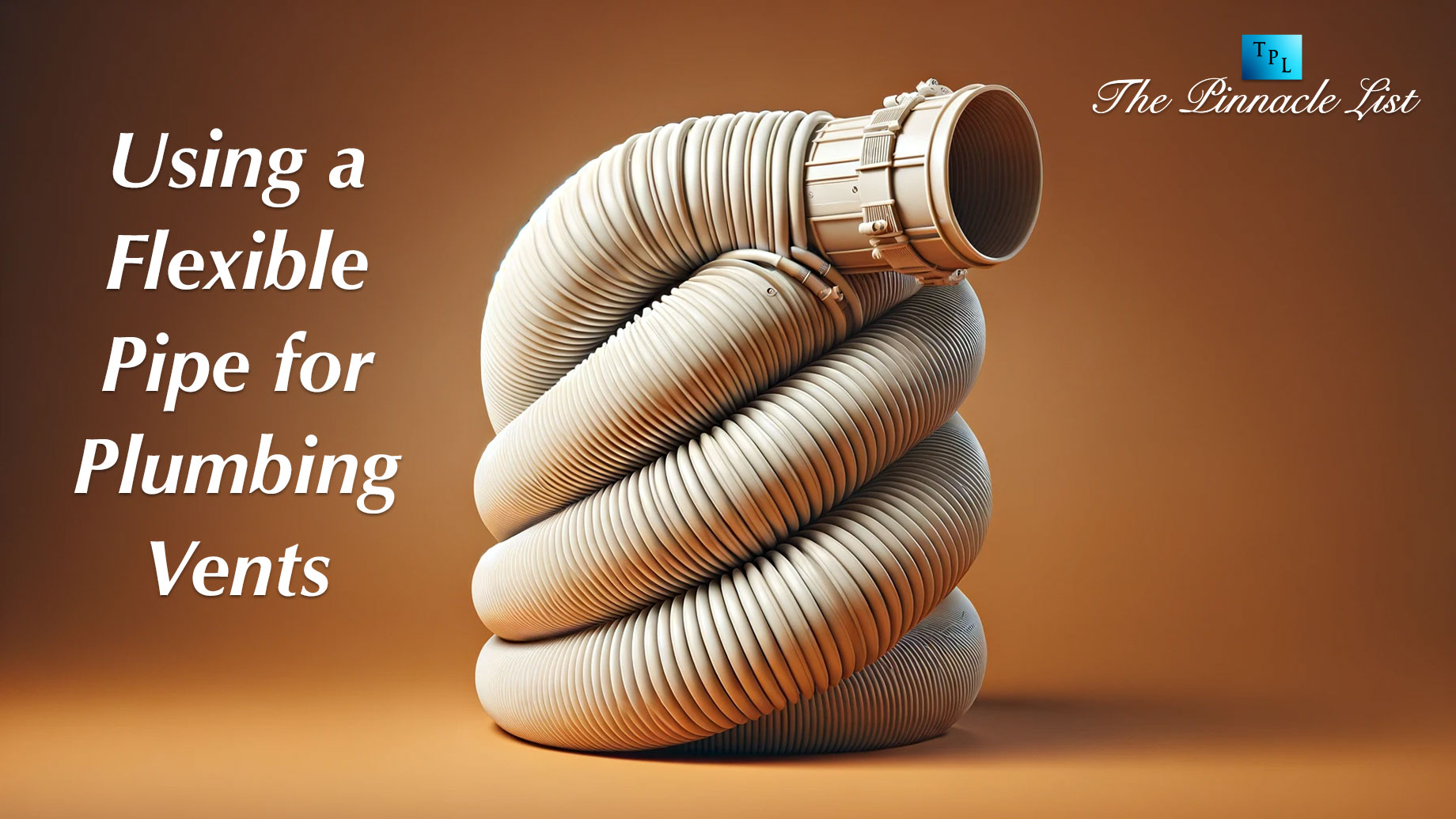
Flexible pipes can offer convenience and versatility in plumbing systems, including for venting purposes. While traditional rigid pipes have been the norm, the use of flexible alternatives is gaining traction due to their adaptability to various installation challenges. When working with more traditional materials that require precise bending, tools like a manual pipe bender can be essential for achieving the desired configurations without compromising the pipe’s integrity.
This article explores the pros and cons of utilizing flexible pipes for plumbing vents. From ease of installation to potential durability concerns, understanding the implications of this alternative can help homeowners and professionals make informed decisions regarding their plumbing infrastructure.
Installation Flexibility
Flexible pipes provide the advantage of effortless maneuverability around obstacles and tight spaces, streamlining installations in demanding environments. Their pliability allows for bending and adjustment as required, minimizing the necessity for intricate fittings and joints. This flexibility not only simplifies the installation process but also enhances adaptability to varying layouts and conditions, making them an attractive option for modern plumbing systems.
Cost Considerations
While flexible pipes may entail higher initial costs compared to rigid alternatives, they present opportunities for savings in both labor and material expenses during installation. However, it’s vital to also account for long-term maintenance and replacement costs. By striking a balance between these factors, a thorough evaluation can be made to gauge the overall economic feasibility and sustainability of incorporating flexible pipes into plumbing systems, ensuring informed decision-making for optimal infrastructure investment.
Durability and Longevity
The durability of flexible pipes relies on the chosen material, leading to differing levels of resilience. Some materials offer sufficient durability, while others degrade more quickly, raising concerns about potential leaks or blockages over time. To ensure longevity and minimize maintenance issues in plumbing systems, it’s crucial to meticulously evaluate the material composition of flexible pipes and select options that align with durability requirements for sustainable infrastructure.
Potential Ventilation Issues
Flexible pipes often have smaller diameters compared to rigid alternatives, which can affect ventilation efficiency. Improper sizing or installation may lead to airflow restrictions or inadequate venting, resulting in issues such as odors or moisture buildup. Thus, ensuring meticulous adherence to proper sizing and installation procedures is crucial for sustaining optimal ventilation performance and minimizing potential complications within plumbing systems.
Regulatory Compliance Challenges
Adherence to local building codes and regulations is essential for plumbing vents, often stipulating approved materials. Employing flexible pipes may present obstacles in meeting these standards, necessitating meticulous evaluation and potential adjustments to ensure compliance. It’s imperative to navigate regulatory requirements diligently, considering the implications of utilizing flexible pipes and implementing any necessary modifications to align with established guidelines for plumbing infrastructure.
Maintenance Requirements
Maintenance requirements for plumbing systems utilizing flexible pipes involve regular inspections to detect any signs of wear, corrosion, or damage. Cleaning may be necessary to prevent blockages or buildup that could impede proper functioning. Additionally, periodic checks ensure that connections remain secure and joints intact. Timely repairs or replacements are essential to address any issues promptly, maintain optimal performance, and prolong the longevity of the plumbing infrastructure.
Conclusion
While flexible pipes provide installation flexibility and cost savings, factors such as durability, ventilation efficiency, and regulatory compliance require careful consideration. Maintaining a clean plumbing vent is essential for optimal functionality, emphasizing the need for thorough evaluation and regular maintenance when choosing flexible pipes.